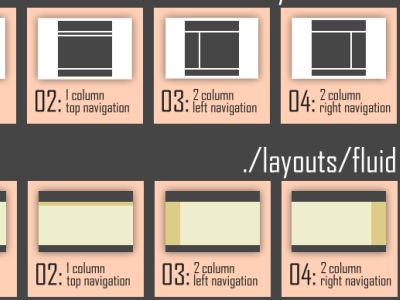Google iOS app shifts to a policy of not sticking to material design

Google offers apps not only for its platform Android, but also for Apple's iOS. Jeff Verkoeyen, who is in charge of designing software provided by Google for such Apple platforms, will shift to a policy of not sticking to Google's design guideline 'Material Design' for iOS apps made by Google. Clarified.
Google's apps to embrace iOS on iOS – Six Colors
https://sixcolors.com/link/2021/10/googles-apps-to-embrace-ios-on-ios/
Google Is Moving Its iOS Apps Toward Platform UI Conventions and Away From Material Design — Pixel Envy
https://pxlnv.com/linklog/google-ios-apps-immaterial/
Various web services and mobile apps provided by Google have adopted a design guideline called 'material design ' that realizes a familiar usability across services and tools by adopting the same method of design. 'Material Component (MDC)' is a framework that allows you to easily incorporate this material design into services and apps other than those created by Google. With this MDC, it is possible to release UI design apps that match Material Design even on Apple's platform iOS. In fact, apps such as Google Maps provided by Google have been designed using MDC.
Components --Material Design

Jeff Verkoeyen , leader of Google's Apple platform app design team, announced on October 8, 2021 that he will update his Twitter account and change to a policy of not sticking to material design with Google's iOS apps. bottom. The tweet by Verkoeyen is as follows.
'This year, our team decided to put the open source Material Components (MDC) library for iOS into maintenance mode. Why? Since we released Google Maps for iOS in 2012, our team Has supported the creation and maintenance of shared UI components throughout Google, originally born of the need to bridge the design language gap in UIKit. '
Since 2012 and the original launch of Google Maps iOS, my team has supported the creation and maintenance of shared UI components across Google. This was originally born out of a need to fill gaps in UIKit's design language. Https://t.co/ 1GIntCmQMT
— Jeff Verkoeyen (@featherless) October 7, 2021
'The goal of'filling the gap between UIKits' has expanded to'fill the gap between platforms in the design language'in the process, and Google has created Material Design, from which it's for iOS. It was decided to release up to MDC. We were looking for design similarity on a cross platform, but since the basic design on the Apple platform is also evolving year by year, we will gradually move away from material design. I did. '
But as we continued on the pursuit of cross-platform pixel parity, our iOS components were slowly drifting further and further from Apple platform fundamentals because those fundaments were also evolving year over year.
— Jeff Verkoeyen (@featherless) October 7, 2021
'It's been about 10 years since we filled the gaps in UIKit, and many of the gaps that MDCs have filled are now filled by UIKit, which is more rational than using MDCs. It's tightly integrated with the operating system, so in early 2021 Google's design team was about building Google's distinctive experience on Apple's platform: 'practicality' and 'brand importance.' We critically evaluated the two moments, and deeply considered the factors necessary to achieve those two. '
So at the beginning of this year, my team began a deep evaluation of what it means to build a hallmark Google experience on Apple platforms by critically evaluating the space of 'utility' vs key brand moments, and the components needed to achieve either.
— Jeff Verkoeyen (@featherless) October 7, 2021
'Specifically, do we need to custom build the design of the buttons placed in the app, or is it OK to just use the system solution? With the evolution of the design approach on the Apple platform, UIKit And Google's design language could be combined, and as a result, it turned out that many custom components were no longer needed. '
This evolution of how we approach design for Apple platforms has enabled us to marry the best of UIKit with the highlights of Google's design language.
— Jeff Verkoeyen (@featherless) October 7, 2021
The result? Many custom components simply aren't needed anymore. And the ones that are, they now get more attention and focus.
Due to the adoption of MDC in Google's iOS apps, iPhone and iPad users have often complained about the design and behavior that differs from other apps. However, Google has adopted Material Design in every product to emphasize consistency in its products.
This change in policy eliminates the need for Google to write custom code for the iOS version of the Google app. In addition, it is possible that the Google app for iOS will have a design and behavior similar to other iOS apps, so it may be a welcome change for users of the Google app for iOS.
Related Posts:
in Software, Smartphone, Design, Posted by logu_ii







